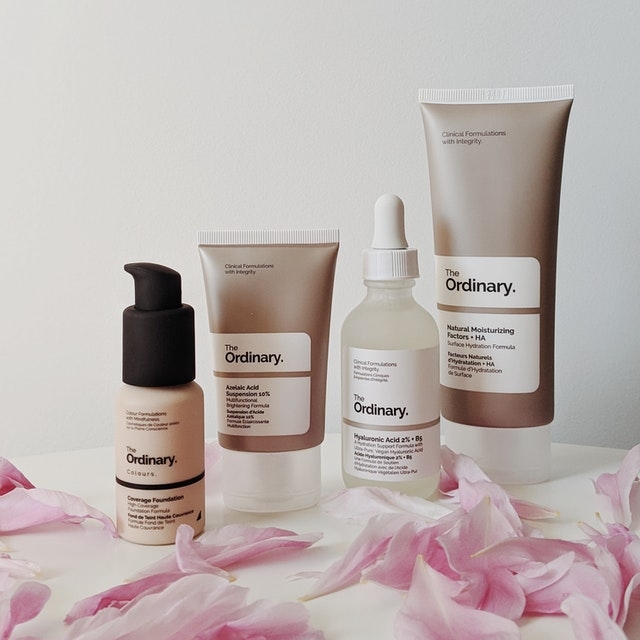Sunscreen Brands
That giant ball of fire is hot and big for a reason. The sun heats the earth, keeps the lights on, and is a vital part of our very existence. But too much exposure to the sun can bring some nasty side-effects, skin cancer being one of them. Sunscreen was invented to combat the deleterious effects of the sun. It will not prevent skin cancer, but regular application combined with moderate exposure to harmful sun rays will certainly lessen the risk.
In general, it’s best to opt for sunscreen with a SPF 30 or higher. If you’re going to be exposed for longer than two hours, reapplication is also necessary. Picking a sunscreen can be a bit daunting, principally due to the sheer variety. Any trip to the drug or grocery store and you’ll have nearly half an aisle with bottles staring you in the face. They feature a sun or a beach or some combination of the two, are joyful looking/feeling, and scream - “buy me!” But prior to purchasing there are some critical differences to consider between the types of sunscreen out there.
Lotion sunscreens are still the most popular, but spray is rising fast. Folks like lotion sunscreens because you can see how much you’re applying. A teaspoon per body part (or the area) you’re applying is sufficient. Coppertone Ultra Guard Lotion SPF 70 is a popular choice as is CVS Health Ultra Protection Sun Lotion SPF 70. Both provide exceptional UVA protection and are moderately priced.
Spray sunscreens are gaining ground on lotion sunscreens principally because you don’t need to touch the lotion. That greasy feeling on your hands post-lotion application is certainly annoying, and you can arguably reach hard to reach surfaces (such as your back) easier with a spray as compared to a lotion. The downside of the spray is if it’s windy you’ll likely not end up hitting all body areas, and spraying around the face is not recommended due to the inhalation issue. Trader Joe’s Spray SPF 50+ is a great spray sunscreen if you live in an area with a Trader Joe’s. If not, you can find the Neutrogena Beach Defense Water + Sun Protection Spray SPF 70 throughout the country.
Oxybenzone is an ingredient prevalent in many leading sunscreen brands. However, research suggests it may be harmful to coral reefs among other aquatic life. The US Virgin Islands, Florida, and Hawaii have banned sunscreens with oxybenzone, and many brands are trying to remove it as soon as possible. For those interested in brands that have already removed it, the Hawaiian Tropic Sheer Touch Ultra Radiance Lotion SPF 50 and the Hawaiian Tropic Island Sport Ultra Light Spray SPF 30 are good choices.
Lastly, mineral sunscreens are available, but tests do show their performance is not as good as those with active chemical ingredients. Some have shown to provide good SPF protection, but their UVA protection is not as good as the previously mentioned sunscreens. If, however, you are concerned about using chemical sunscreens, then California Kids #supersentive Tinted Lotion SPF 30+ and Badger Active Natural Mineral Cream SPF 30 Unscented are two options that contain the minerals titanium dioxide and zinc oxide.
If you’re hitting the beach or taking a hike, don’t leave home without it. We’re not talking about a water cooler, we’re talking sunscreen.


Comments:
Login to leave a reply